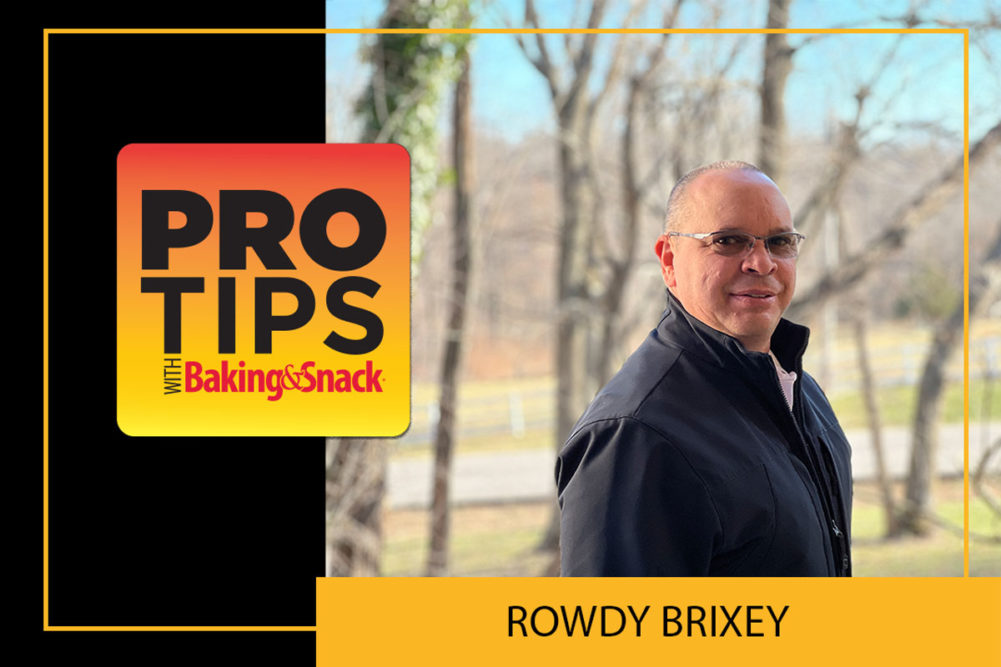Pro Tip: Follow these venting tips to aid balanced zero gas regulators or governors to function properly and consistently.
Most direct-fired ovens employ suction-style proportional venturi mixers, which use combustion air pressure to entrain gas from the gas supply creating the mixture delivered to the burners.
For safety reasons, these systems were designed to work at zero gas pressure and require special regulators known as balanced zero gas regulators or governors (BZR) to maintain a consistent output.
Once the air-to-fuel ratio has been adjusted, this governor maintains the pressure (zero) so the ratio remains linear as the combustion air pressure changes, delivering the proper amount of gas to the burner.
Maintaining proper inlet pressure to the BZR is critical to the device’s ability to achieve and hold 0 inches of water column (WC) output, which is required to keep burner air/fuel ratios linear.
Inlet pressure should be regulated to no more than 14.4 inches of WC. Inlet pressures above 56 inches of WC (2 psi) can damage the BZR. The device has a maximum working differential of 14.4 inches of WC. Users should always check all regulators for damage or leaks after any high gas pressure safety shutdown event.
These zero governors have a complex double diaphragm design that works to keep outlet pressure at zero by balancing the pressure between the two diaphragms against the delta of downstream draw versus the inlet pressure.
Pyronics, the manufacturer of the most common BZR, recommends two important venting techniques and one alternative to aid these devices in functioning properly and consistently:
Option #1: Venting inside the building using the factory supplied cross-drilled vent limiting pipe plug which was designed to comply with National Fire Protection Agency (NFPA) 54 requirements.
Option #2: Venting/backloading inside the bake chamber or downstream of the suction proportional mixer.
Alternative: Only vent outside if required by local code. It is critical that a properly sized vent restrictor be installed near the BZR to prevent resonating and pulsing. This is caused by a building (bake chamber) to outdoor pressure differential, thus effecting the BZR to produce a non-linear reference (least preferred).
Additional tips from Pyronics suggest that all regulators are tested, set and sealed when shipped. If adjustment or repair is necessary, the regulator should be returned to the factory.
Always follow the manufacturer’s installation guidelines. BZR regulators should normally be mounted in a stem-up position, but this needs to be confirmed to avoid any malfunction. The arrow cast on the side of the valve body indicates direction flow.
Regulators should not be installed in areas where operating temperatures will exceed 149°F.
For more information, reach out to your oven manufacturer, a BZR representative or Flynn Burner Corp., which contributed to this Pro Tip.
Rowdy Brixey is founder and president of Brixey Engineering Inc.
You can connect with him on LinkedIn.





